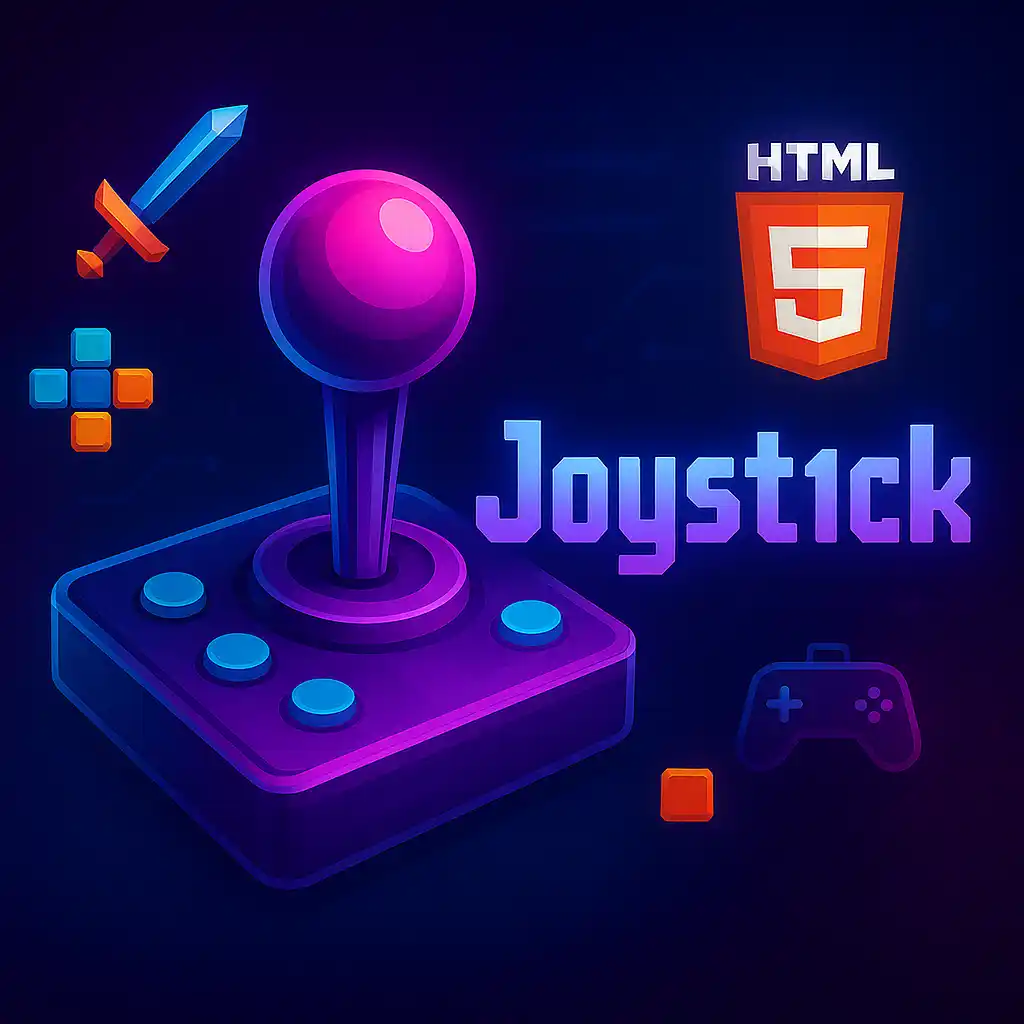Table of Contents
Designing Balanced 1v1 Combat Mechanics in Unity
Understanding Game Balance
Game balance is crucial in creating a fair and engaging environment for players of different skill levels. In a 1v1 multiplayer fighting game, balance ensures that all players have the opportunity to compete on equal footing, thus enhancing player retention and enjoyment.
Core Elements of Combat System
To achieve balance, focus on these key elements:
Play free games on Playgama.com
- Character Abilities: Ensure each character has unique abilities that are distinct but equal in potential impact.
- Hitboxes and Hurtboxes: Precisely define hitboxes to ensure attacks feel fair and accurate.
- Frame Data: Design animations and attacks with frame data in mind, allowing players to react and counter properly.
Implementing Balance in Unity
Unity provides tools that simplify balancing mechanics:
- ScriptableObjects: Use these to store character stats and abilities, enabling easy adjustments and balancing without massive code alterations.
- Animation Controllers: Implement layered animations that handle transitions and state changes smoothly.
- Physics and Collision Systems: Use Unity’s Physics components for precise collision detection tailored for fighting games.
Player Engagement and Feedback
Collect player feedback to understand how your mechanics feel in real scenarios. Consider implementing analytics to track common player actions and use this data to make informed adjustments to game balance.
Prototyping and Iteration
Iterate your designs rapidly using Unity’s Play Mode for quick testing. Create various character prototypes to test balance across different playstyles. Frequent playtesting will reveal balance issues that need addressing.
